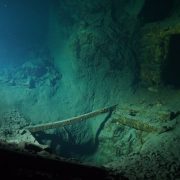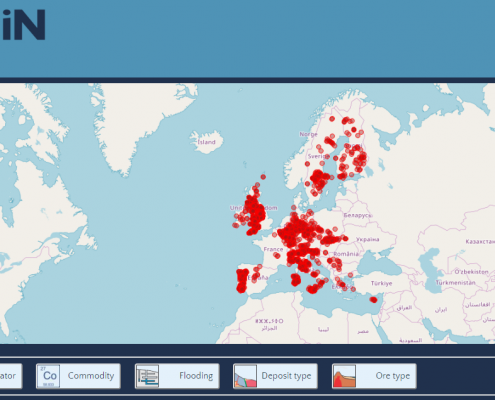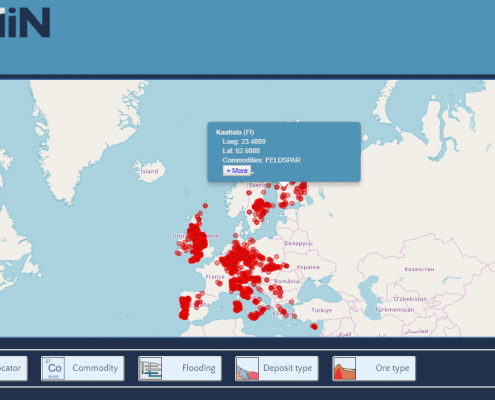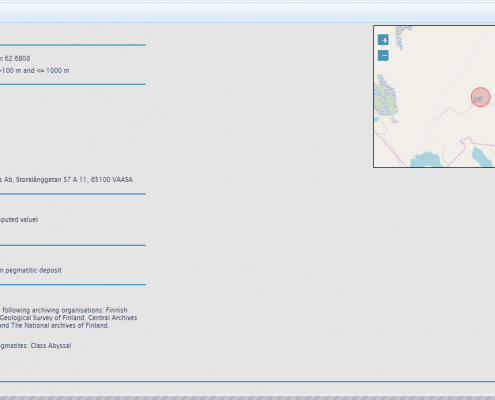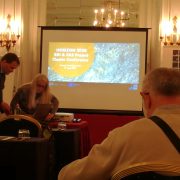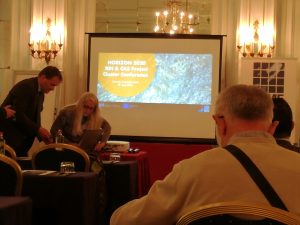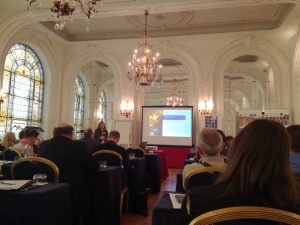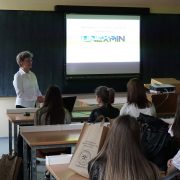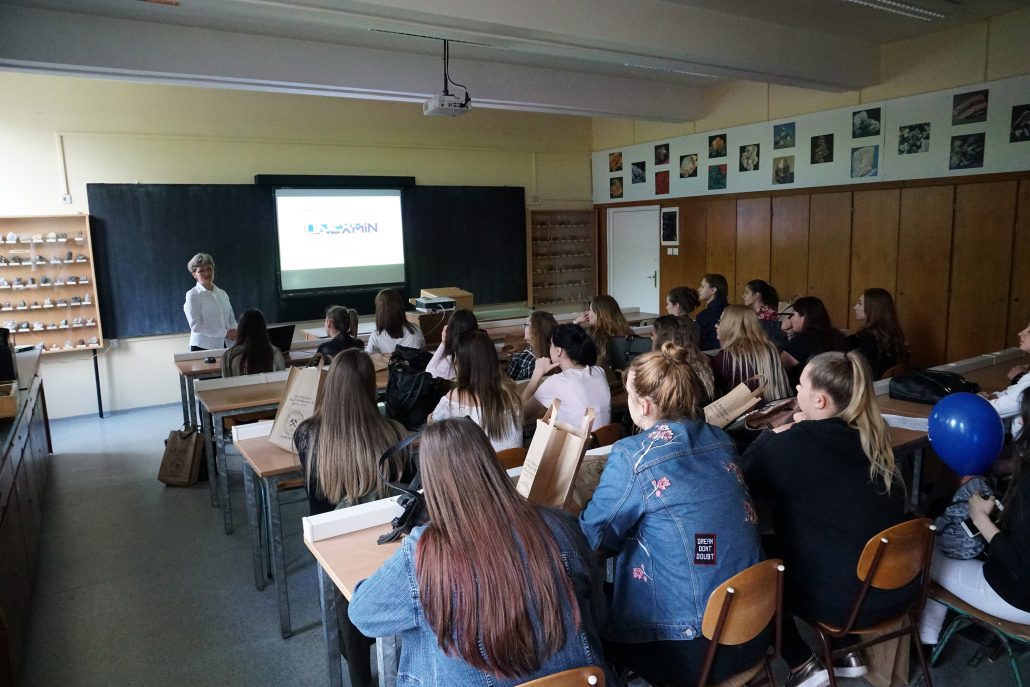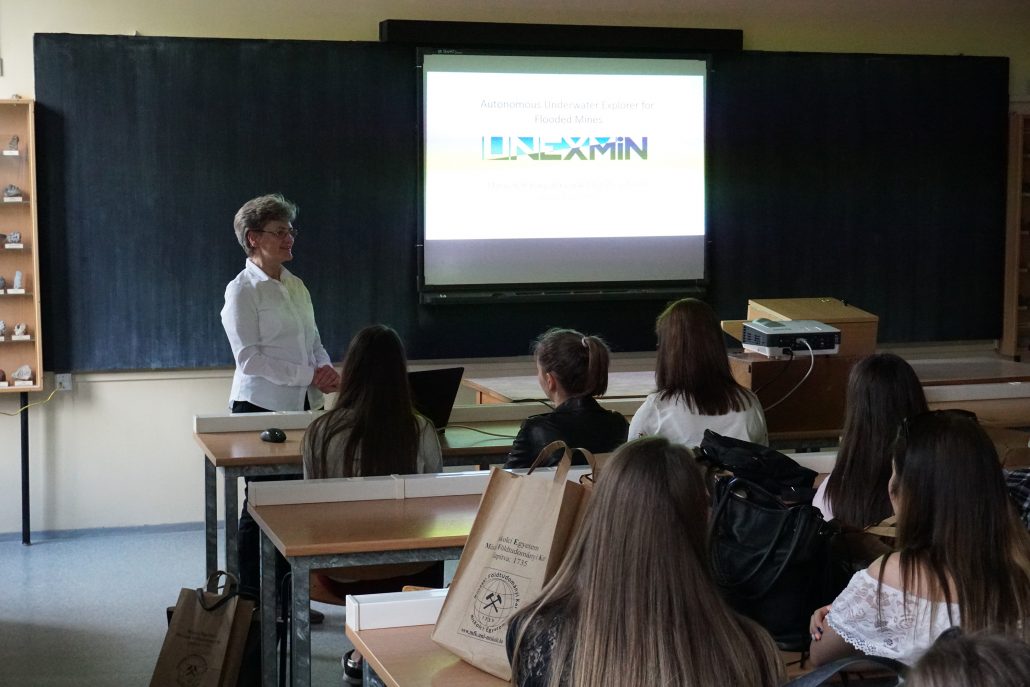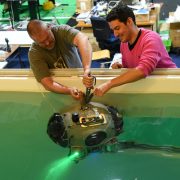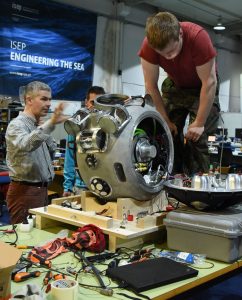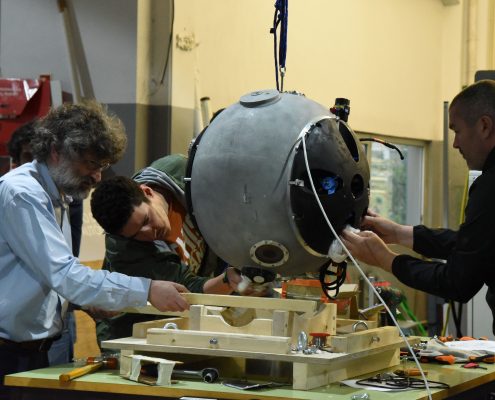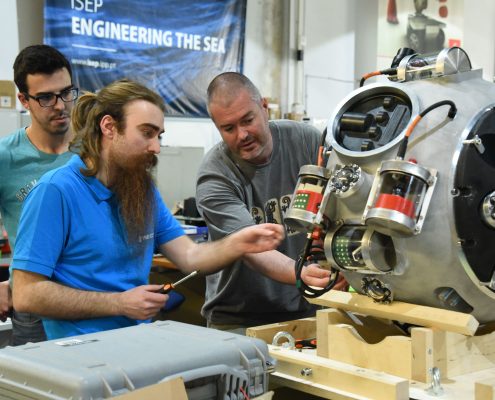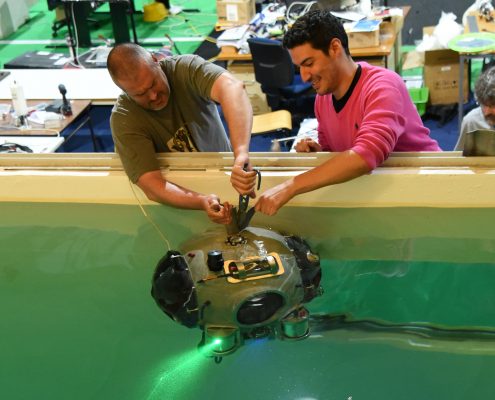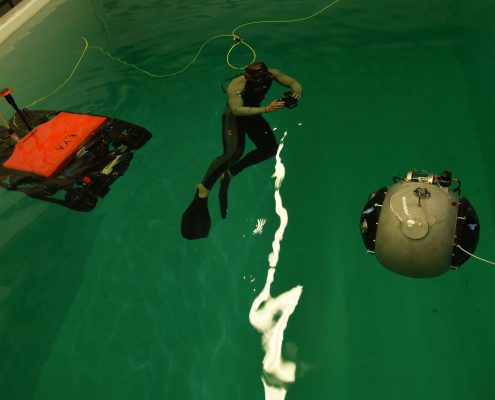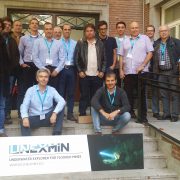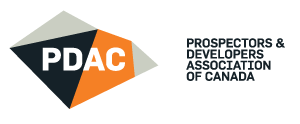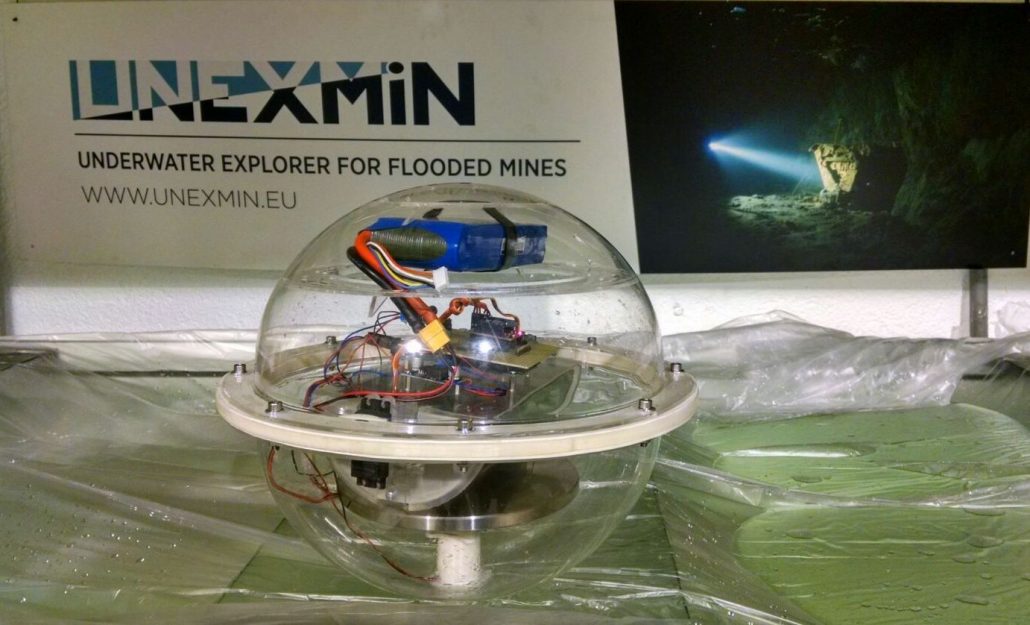The European Inventory of Flooded Mines is now online!
The UNEXMIN project is proud to present its European database on flooded mines, after months of work. This inventory was developed as part of a task envisaged in Work Package 5 (Stakeholder mobilisation). The Inventory of Flooded Mines can be used by anyone and will be continously updated.
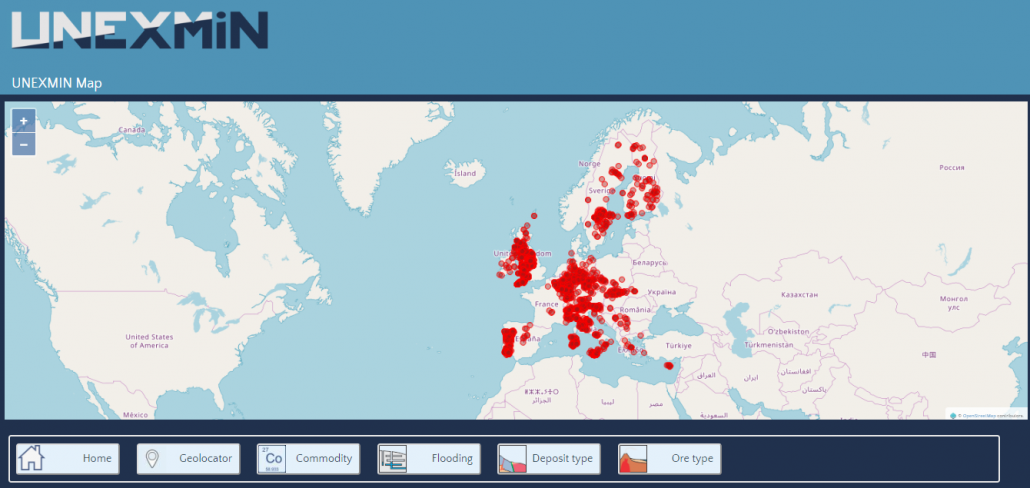
Inventory of Flooded Mines (developed by EFG/UNEXMIN project)
Developed by EFG (European Federation of Geologists) in collaboration with the GSB (Geological Survey of Belgium), the Inventory of Flooded mines in Europe was developed with the objective to create an online, public access inventory, that contains sites of interest for the UNEXMIN project. This database represents a unique compilation of data on flooded mines in Europe, with a total of 8174 mines identified in 24 European countries.
The database was developed with information from existing European databases (e.g. Promine, Minearls4EU), and data collected through project partners and associated Linked Third Parties. An innovative approach of automated search was developed specifically for this arduous task.
The Inventory of Flooded Mines can be accessed through the UNEXMIN website main menu and the correspondent deliverable can be read and downloaded here.
The Inventory of Flooded Mines in Europe is an online tool that can be freely used by everyone. The database is also going to be kept updated with efforts from all the interested parties, even after the project lifetime is over. In case you want to update the database with your own flooded mines data, a form can be furnished on request.
In case you encounter any difficulties using our database or even if you have any suggestions or comments, please send us a message through our Contact page or send a message to Giorgia Stasi (gstasi_at_naturalsciences.be).

